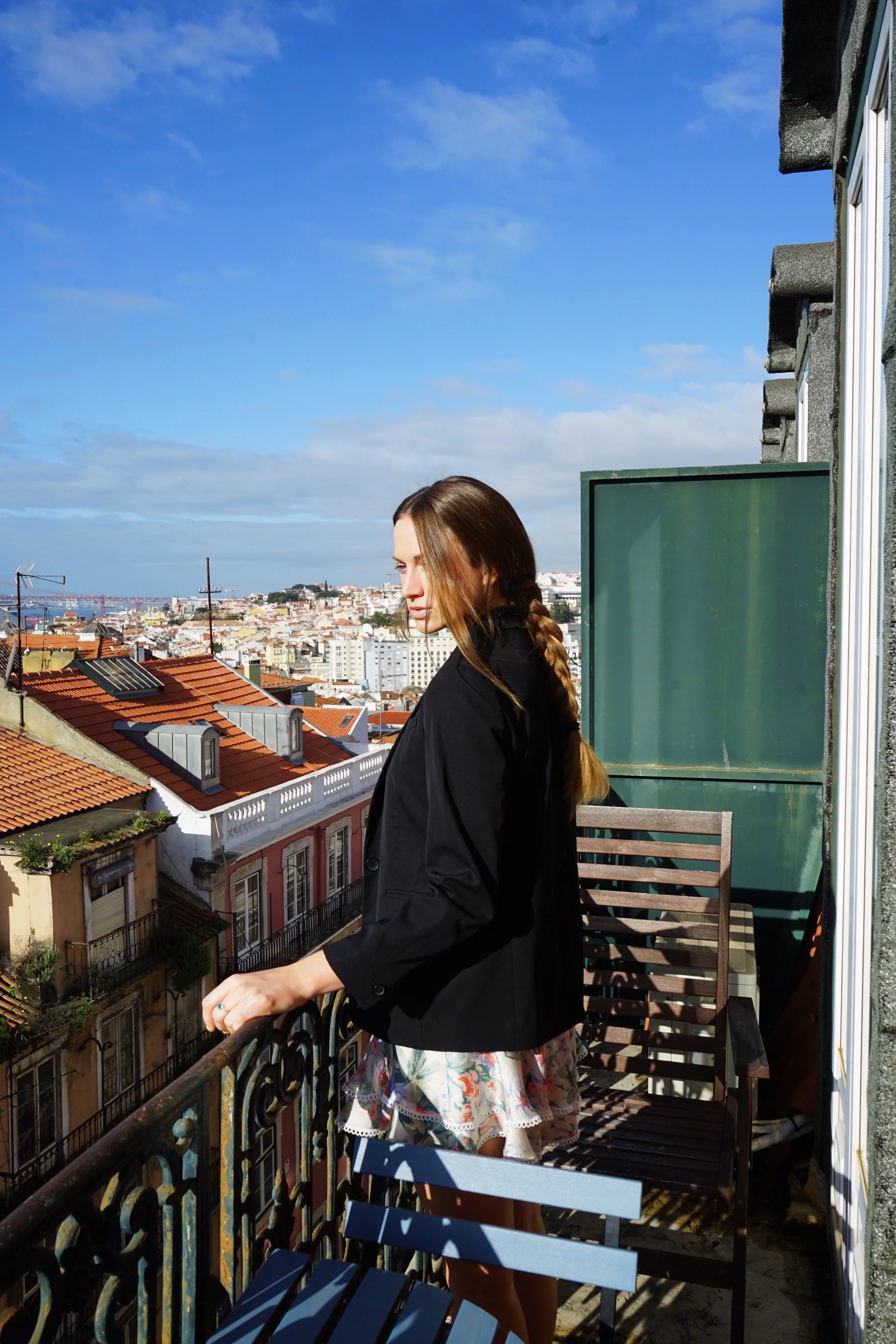Photo Diary Guide to Kyoto and Takayama/Japan Alps
Welcome to Kyoto. I will introduce you to some of its beautiful temples, shrines, gardens, and markets, as well as a deer sanctuary where you can play with the free-roaming animals, a bamboo forest, wild monkeys, and a spectacular river surrounded by dense, lush greenery. After that, we will explore the best kept secret that is Takayama. This historic city in the mountains is from the Edo Period (between 1603 and 1868), has been wonderfully preserved, and takes you back to a time of emperors and samurais.
KYOTO
Pagoda at Kiyomizu-dera Buddhist temple
Photo by Emily Dean
See no evil, hear no evil, speak no evil monkeys at the Kongoji Temple
Photo by Emily Dean
Torii tunnel path in Fushimi Inari-taisha shrine
Photo by Emily Dean
Nishiki Market
Photo by Emily Dean
Shosei-en Garden
Photo from Flickr
Philosopher’s Path or Tetsugaku No Michi (a pedestrian path that follows a cherry-tree-lined canal)
Photo by Emily Dean
Day trip to Nara Park to play, yes play, with the deer (45 minutes from Kyoto Station to JR Nara Station)
Photo of Lucas Dean by Emily Dean
Day trip to Arashiyama (20 minutes from Kyoto Station to Saga-Arashiyama Station)
Visit the monkeys at this hilltop park—Kameyama-koen Park
Photo by Emily Dean
Next, stroll through the Bamboo Grove.
Photo by Emily Dean
Wrap up your perfect day by renting a row boat, paddling down the lovely lower Hozu-gawa area.
Photo by Emily Dean
TAKAYAMA
Stay in a traditional Japanese house in the Old Town.
Photo by Emily Dean
Have my favorite Japanese curry in all of Japan at Jakson Curry & Coffee and drink coffee alongside the Miyagawa River at Soeur.
Photo by Emily Dean
Shop for glazed porcelain—one of Takayama’s well known crafts (my prized possession below)
Photo by Emily Dean
Takayama is known for its dry sake so be sure to do tastings at the local breweries, recognizable by traditional sake barrels or by Sugidama, which are unique globes of cedar branches and needles that hang above the entrance to places that specialize in quality sake.
Photo by Emily Dean
Spot the Sarubobos—an “omamori” or “lucky charm” specific to this region
Photo by Emily Dean




















